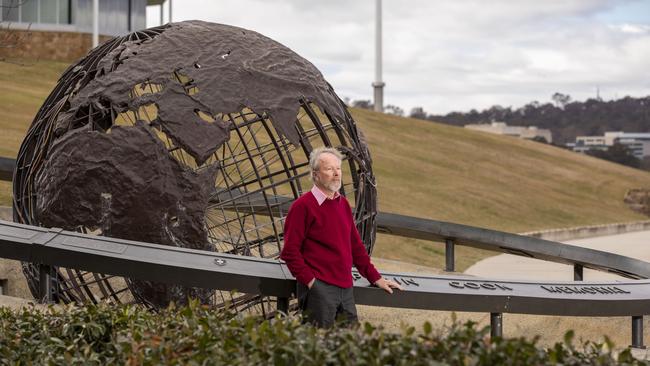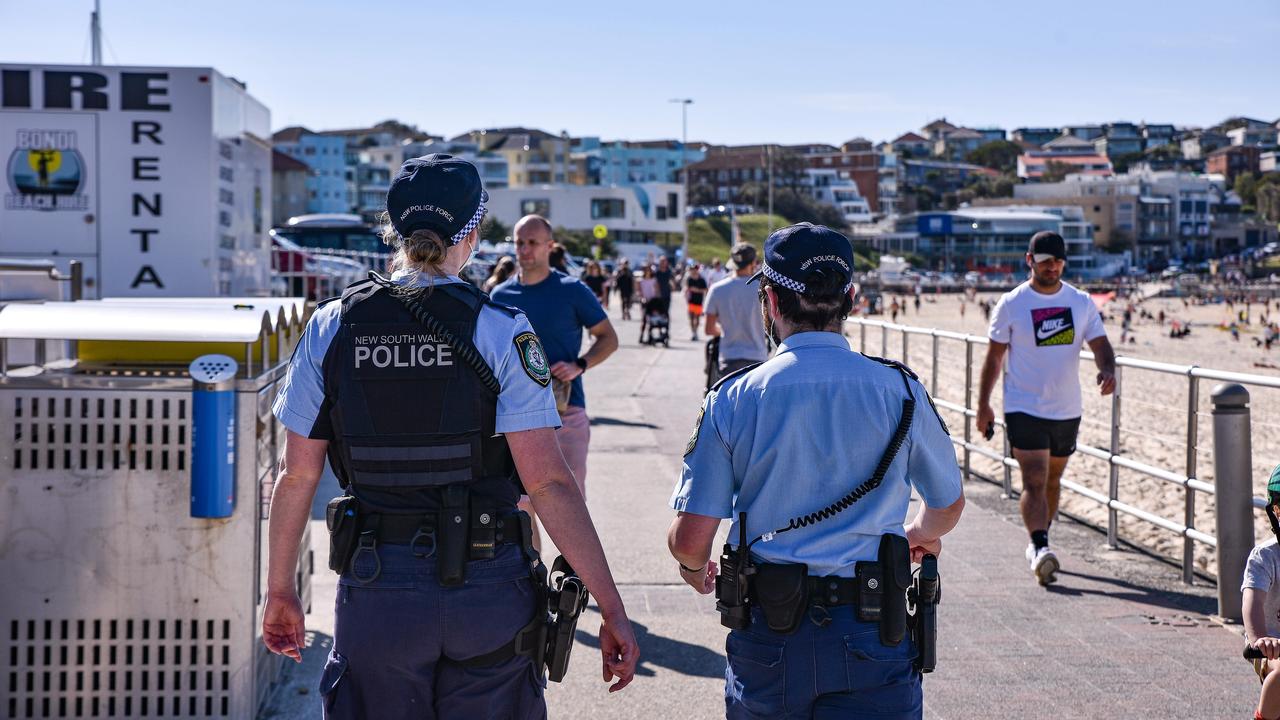Captain Cook’s first sight of land an historical Hicks-up
Captain Cook’s first sight of the Great Southern Continent has been incorrectly named for almost 250 years.

The first point of the Great Southern Continent that James Cook saw has been incorrectly named for almost 250 years, according to an Australian historian who is campaigning for changes to other place names to honour the legendary explorer’s legacy.
As the anniversary of Cook’s departure on August 25, 1768, from Plymouth in England approaches, historian Trevor Lipscombe hopes the occasion will provide a chance to correct the record. He has submitted a detailed proposal to rename what he says was the first verified Australian landmark.
While it is often said the first land Cook saw was Point Hicks in southern Victoria, Mr Lipscombe says from the co-ordinates Cook noted at the time, land would have been too far away to see. Cook, he argued, must have mistaken a low-lying cloud bank for land.
Instead, the site currently known as Little Rame Head, south of the small town of Mallacoota, Victoria, was the first point seen by Cook. However, he then identified it as Ram Head after a British landmark.
“Cook was a stickler for accuracy, everybody knows that,” Mr Lipscombe said. “He’d be mortified if he knew more than a third of the places he named on the coast were either in the wrong place or people locally believed they were somewhere else. I’m amazed. I’m an amateur historian who’s taken an interest in these things and worked all these things out, and very few people before me have bothered to take a look.”
While there is a place currently named Ram Head, further south on the Victorian coast, Mr Lipscombe said it was not the place Cook identified.
At noon on April 19, 1770, Cook wrote in his journal that he had seen a “remarkable point” four leagues (22km) away. “This point rises to a round hillock very much like Ram Head going into Plymouth Sound on which account I call it by the same name,” Cook wrote.
Mr Lipscombe’s proposal, which has the backing of several historical groups, is before the Office of Geographical Names, Victoria. He also has evidence that seven other places named by Cook are either in the wrong place or, in the case of two of them, correctly marked but widely believed to be elsewhere.
At 74, Mr Lipscombe has been researching Captain Cook for more than 15 years. It was an interest sparked when he recognised the soaring cliffs named as Point Upright on the NSW south coast.
“I realised why Cook had named it,” he said. “He’s been one of my hero figures for a long while.
“At the moment, he’s quite a controversial figure. People get him wrong — badly wrong. The paint splashing last year on the Sydney statue of him, and earlier this year on the Melbourne statue, betray enormous ignorance about this man.”
On August 25 and 26, Mr Lipscombe will host a talk and historical weekend, open to the public, in Mallacoota to mark the 250th anniversary of Cook and the Endeavour’s departure from Plymouth Sound.
His talk — Lieutenant James Cook on the coast of Victoria: A Comedy of Errors — will detail the incorrect names, after which there will be walks and talks by local historians.
“The event’s in Mallacoota to raise awareness of what they’ve got sitting down the road from them, which no one understands,” Mr Lipscombe said.
“This is Cook’s Ram Head. This is a real place.”


